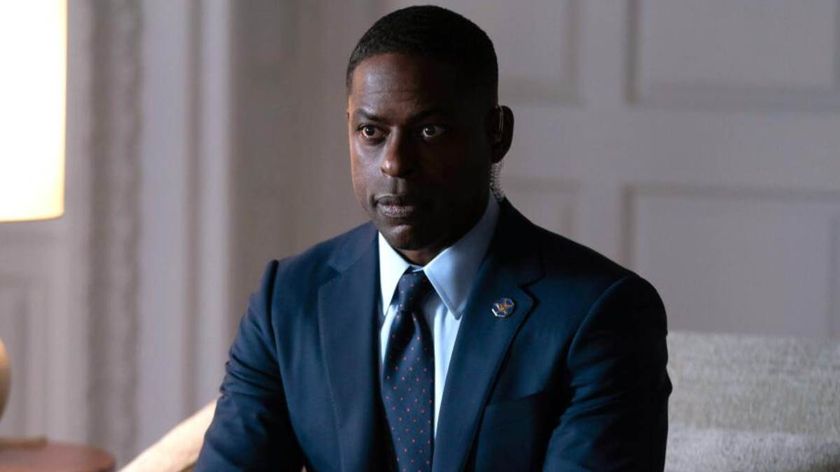Final Fantasy XIII interview
The devs dish on how they made XIII is the most film-y Final Fantasy to date
GR: Our next question is about the Paradigm system. How does it affect combat, and how is it different from the Gambit system in Final Fantasy XII?
YA: There are different roles that can be assigned to each of your characters and the combination of different roles is essentially the Paradigm. You can have over 100 different Paradigm combinations and you can customize that for yourself. The difference between the Gambit system and the Paradigm system is that in the Gambit system you set up the characters' roles and actions before going into battle, but with the Paradigm system you can switch in real-time during the battle so players can change their strategy by reacting to different enemies and how the battle is flowing.
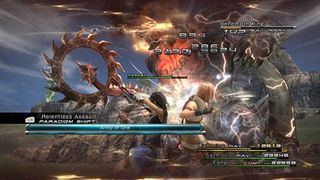
GR: How does the leveling system fit in with the different roles and Paradigms?
YA: The leveling system is similar in concept to the Sphere Grid, but visually it departs from that because it is laid out in 3D and development progresses along these different axes. It's called the Crystarium. Each character can develop different roles depending on the player's battle style and how they choose to progress. For example, there's the Commando role which has heavy physical attacks and you level them up by earning Crystal Points, or CP. You use your CP to advance along the grid. If you want you can put more CP into the Commando role, or if you want your character to be stronger in the healing side you can put your CP there. The leveling is very customized.
GR: So does every character's Crystarium look the same? Or is it easier to develop certain roles for certain characters?
YA: Certain characters are more suited to certain roles, so for example, the character Snow is more suited for a Sentinel role, which is a defensive role essentially, or a Commando role as an attacker. So even though all roles are available to him in the Crystarium, it's easier for him to go toward certain roles. Each Crystarium is unique to the character, so even if a player advances every character in all the roles available to maximum capacity, the stats will still be different from character to character.
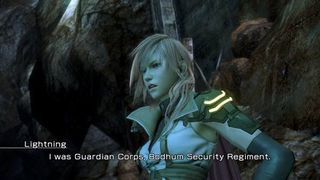
GR: A lot of people who've played the Japanese version of Final Fantasy XIII have expressed surprise that there weren't any towns to visit. How did you arrive at the decision to not include towns, and how does that change the way you tell the story?
Sign up to the GamesRadar+ Newsletter
Weekly digests, tales from the communities you love, and more
MT: The decision to leave out towns was an organic one. The team wasn't trying to work towards a specific RPG template, we were trying to create an experience that was similar to a movie or TV show where the story would pull the player along and help them progress in the game. In order to create that pace, the towns were not essential and it wasn't really a major consideration in creating the game. It isn't that the game is completely void of towns, there are specific instances where the team created what are kind of the ultimate form of towns that we'd like to see in future Final Fantasy titles.
GR: So how did you handle the events that would normally occur in a classic RPG town? Players need to shop, cool off at the bar, meet NPCs, pick up side quests...
MT: In the setting of the story, the main characters are being pursued by the government, so story wise it didn't make sense to create towns where you could go wander and go shopping because they wouldn't really be able to go out in public that way. As for side quests, the main portion of the story takes place in a world called Cocoon but once the player ventures out into the world of Pulse it's much more open and they can find side quests there.
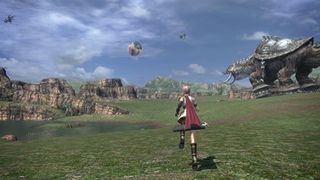
GR: People who've played it have also said that Final Fantasy XIII is a much more linear experience than previous games. Are you worried that people will miss the open exploration? When you finish the game, will you be able to return to the world?
MT: The initial portion of the game is intentionally crafted to be linear and story-driven because of the complex battle system. The team wanted to make sure that the proper steps were in place so that players could gradually get to know the battle system. By the time they get out into the free area of Pulse they should have a good idea of how to control the battle system and can go all out in the battles. In terms of freedom and what you can do after you clear the game, you can go back to the Pulse area and there are many enemies there that are much tougher to beat than the last boss! And there are a lot of missions available too; a player could spend almost forever just exploring and playing the missions.
GR: Great! Well, we're out of time so thank you for speaking with us today, and good luck on the North American launch of Final Fantasy XIII.
All: Thank you.
Feb 12, 2010
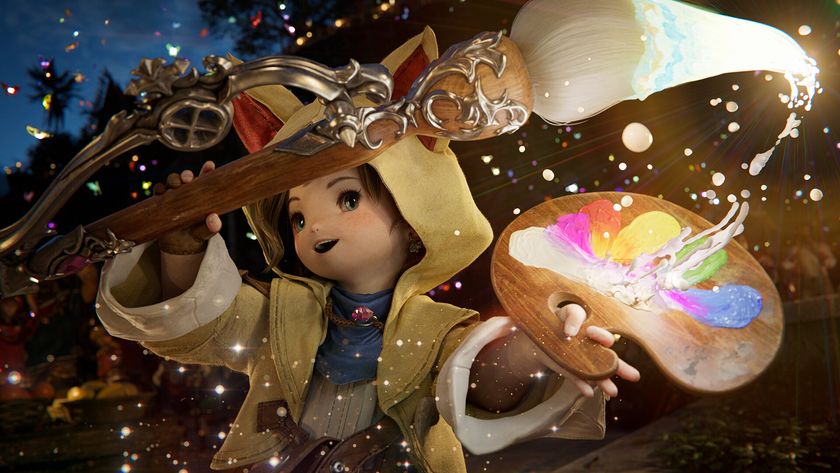
Final Fantasy 14 patch makes an effort to combat mods that can enable harassment, but players report it's "very easy" to reverse newly hidden account IDs
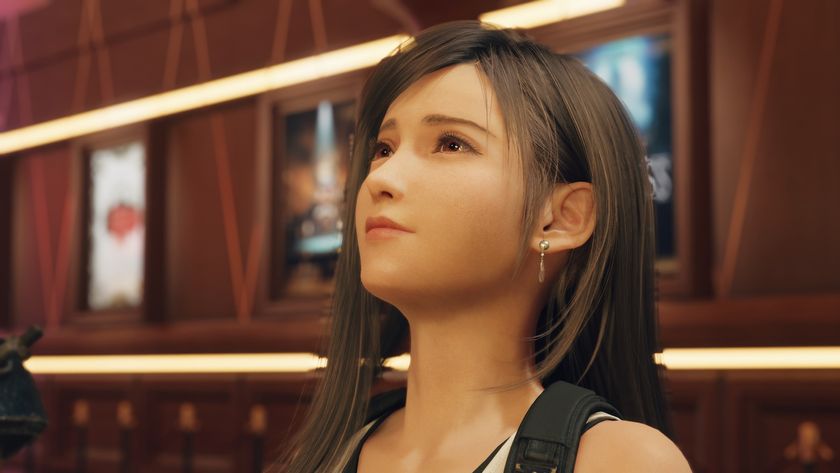
28 years after Final Fantasy 7 introduced a generation to the concept of waifus, Tetsuya Nomura says Tifa's popularity is "not just about appearance"
